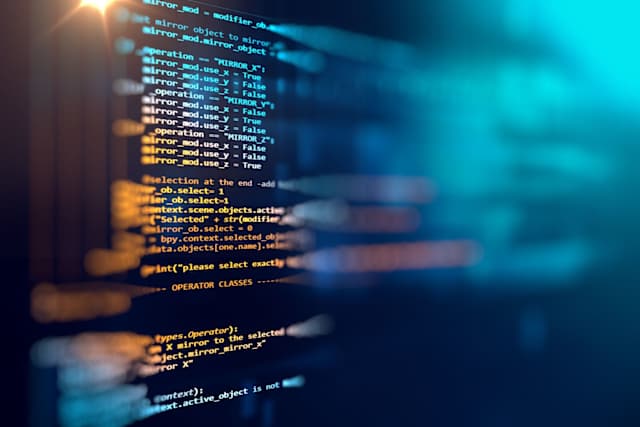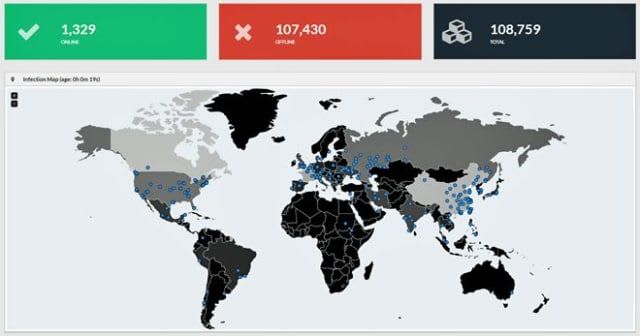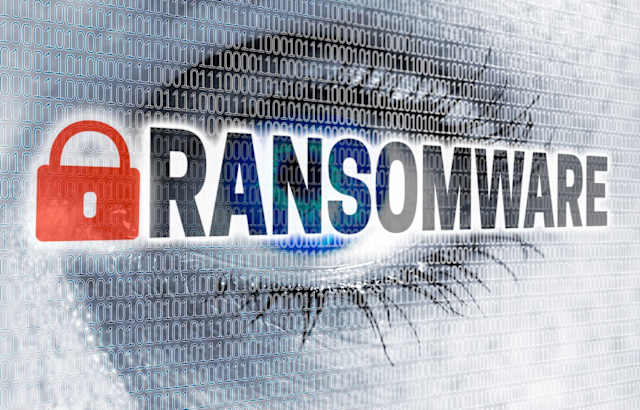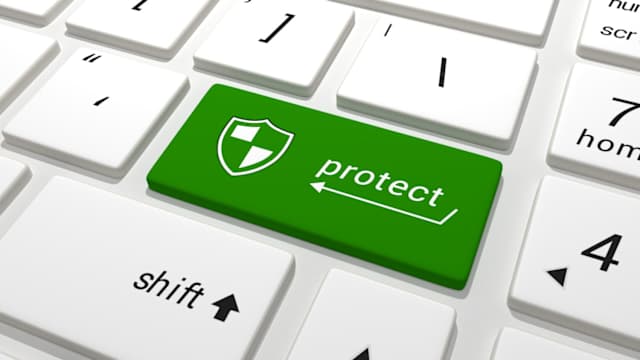
The recent cyber attacks show that security is an issue we should not take lightly. In just a few hours we have heard lots of lingo, talk of different security patches and versions and you may be wondering if you’re safe or not. This article will help you sort out your own personal security situation.
This week’s unprecedented cyberattack can only be called a perfect storm. A leak from the NSA had previously been reported (and echoed by the New York Times), and then a series of events in sequence: a technician on vacation in Spain, outdated equipment and, finally, mercenaries who managed to take advantage of the situation. All of this has resulted in a massive attack on the very heart of our society: computer systems.
After the attack and the barrage of news coverage, the big question from anyone is: am I safe? In short, you are if you meet the following requirements: your version of Windows is completely updated and has the latest security patches installed, as this virus attacks a specific vulnerability that has already been resolved.
In addition, the attack was stopped in its tracks a few hours ago thanks to an anonymous hero who managed to stop the attack with a simple action that only $10…(more about that later)
You may be asking: how did this happen? What is ransomware and WannaCrypt? And above all: how can you prevent this type of attack from affecting you?
We’ll try to answer all of your questions here.

Getty Images
What happened?
For context, we must go back to March 14th of this year, when Microsoft released a major security bulletin that warned that Windows systems should be immediately updated due to a critical vulnerability that could be exploited by an attack with EternalBlue / DoublePulsar. This security patch actually fixed this problem and if your computer has the latest Windows updates installed and you use your free antivirus (Windows Defender, included with the system) or any other antivirus which has already been updated, your computer is completely out of danger. If this is the case, relax.
So how is it possible that the virus has spread so widely and with such gusto? Keep in mind that computers inside companies are not updated in the same way that you do at home. The number of variables to take into account is huge and this cause security updates to be delayed. The volume of internal software, the speed and that this update may not be compatible with software that only the company uses only makes things easier for attacks like these to spread.

Map of the Wannacry Infection
This is why the role of security experts is so critical, as they are professionals who in this case have already identified the companies in which systems are infected with the virus and worked to isolate them from the network so that the virus does not continue to spread.
As we mentioned before, thanks to a seemingly meaningless act of an anonymous hero, the attack was stopped. A computer expert detected in the virus’ code that if he activated a particular Internet domain, the virus would be deactivated. Realizing that the domain could actually be purchased, he invested $10 in doing so and at that same time, the attack began to slow. This could not have saved the computers already infected, but at least it has managed to slow down further spread of the virus.
Do you use Antivirus Software
380 VOTES
Getty Images

WannaCrypt: Why is it so Dangerous?
So what is WannaCrypt? At a high level it’s the virus that we have to thank for this attack is a type of virus ransomware. Ransomware has been on the tongues of many lately, as companies and individuals worldwide have suffered attacks aimed at hijacking your computer and specifically your files. The only way to get your files back is to basically do whatever your hijackers ask and unfortunately that normally means: pay up. Otherwise, your files are gone forever.
Once the cybercriminal has taken control of the computer, he or she can do almost anything with it
It’s very easy to be infected a ransomware virus: simply receiving an email with a file that seems fishy or visiting sites that are not secure (especially those engaging in shady activities) is enough. Once the cybercriminal has taken control of the computer, he or she can do almost anything with it, but normally they “only” block your files (usually the most precious thing for us).
So why is this a trend? What cyberkidnappers ask for is something simple: money, but not cash. They want BitCoins, since they are an unregulated virtual currency and transactions made with them are anonymous and encrypted.

Getty Images
What Can I Do?
Combating hackers and cybercriminals always starts with prevention and nowadays, having your operating system fully updated with the latest patches is the first and best security measure you can take.
Windows 10 and even Windows 7 include a free antivirus called Windows Defender that is updated continuously. However, it’s not a bad idea to have another antivirus as a backup. At Softonic we use and recommend Avast, but there is a long list of antivirus that you can install for free to help protect your computer.
Awareness is another aspect that we all have to work on. Technology is now a key part of our lives and we must treat it with the care it deserves. Being careful with who sends you certain files, accessing certain websites or not accepting certain chat conversations on IM apps and social networks from people you don’t know are some no-brainer tips. After all, you are the first barrier in helping stop cybercriminals from achieving their goals.
Meanwhile, in the wake of this attack, governments are still taking steps to curb a new type of crime that may seem like something out of a science fiction movie, but that is, sadly, our new reality.


Aucun commentaire:
Enregistrer un commentaire
Remarque : Seul un membre de ce blog est autorisé à enregistrer un commentaire.